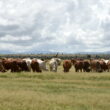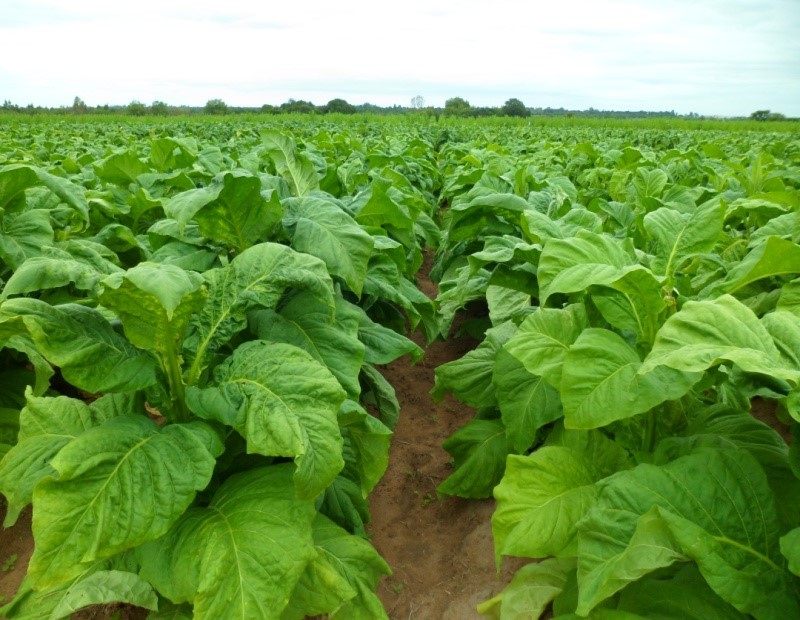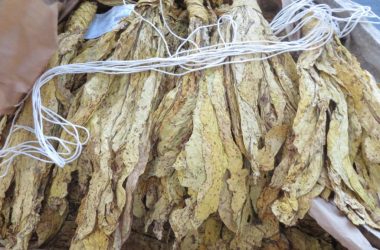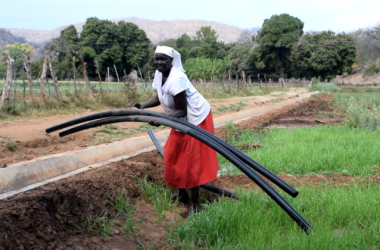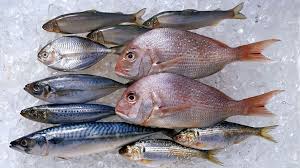Dadirai Chinamo
Tobacco Research Board, Kutsaga Research Station,
P. O. Box 1909, Harare, Zimbabwe
Nutrient leaching is the downward movement of dissolved nutrients in the soil profile with water percolation which goes below the root zone. The wet spell currently being experienced in the country has seen some areas receiving excessive amounts of rainfall (more than 60 mm of rain within 24 hours) resulting in the leaching of nutrients, particularly nitrogen (N) and potassium (K). This results in pale and yellowed plants in the case of nitrogen leaching, and potassium firing when potassium is unavailable (see pictures below). In addition, the leaves are small as leaf expansion is limited and the leaves, though immature, appear visually ripe (false ripening).
Under these conditions, the cured leaf is pale in colour and lacks the desired physical and chemical properties due to low nitrogen and nicotine content. Most importantly, the yields are low which translates to low returns on investment.
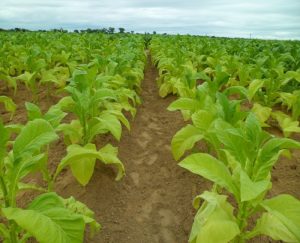
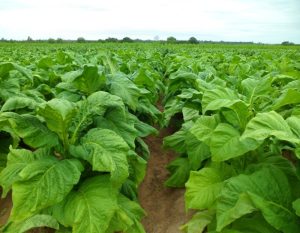

Fertilizer Adjustments
Where leaching symptoms have been observed such as yellowing of leaves throughout the entire plant, growers are advised to replace the leached nitrogen with an additional side-dressing promptly. It is not possible to be precise about the amount of nitrogen to be applied as the amount of leaching in soil depends on the soil texture, the amount of moisture in the soil, permeability of the soil, slope of the land, ridge orientation and the amount of nitrogen or potassium initially applied.
However, as a general guideline, 75 kg of ammonium nitrate/ha (cup No. 5/plant) or 150 kg calcium nitrate/ha (cup No. 8/plant) should be sufficient. Note that deep coarse-grained soils may require more. For December plantings, as much as 300 kg/ha ammonium nitrate can be added in four applications of 75 kg/ha (cup No. 5/plant) at weekly intervals; or 600 kg/ha calcium nitrate in four applications of 150 kg/ha (cup No. 8/plant) at weekly intervals. Nevertheless, ammonium nitrate is more persistent in the soil than calcium nitrate which is more prone to leaching.
Nitrogen can also be applied as a foliar spray to avoid leaching losses. However, growers need to be careful as high concentrations can result in leaf burn. Research at Kutsaga has shown that ammonium nitrate, potassium nitrate and calcium nitrate may be applied at 0.5% concentration or less without leaf burn. In this case, 2 or 3 applications must be made on a weekly interval to achieve sufficient amounts of nitrogen in the leaf.
In the case of potassium (K), deficiency is more often directly related to weather/environmental conditions than to the available K in the soil profile. Excessive soil moisture slows down the diffusion of K to the roots resulting in deficiency symptoms. In many cases, if soil moisture conditions can be improved, deficiencies are self-correcting without any additional K being applied. Additional applications of K fertiliser are only recommended in extreme cases when leaching has occurred and deficiency symptoms are severe. If there is a need to apply extra K, growers are advised to apply 100 kg/ha of sulphate of potash (Cup No. 5/plant). It is not advisable to apply muriate of potash (potassium chloride) because it also supplies chlorine which reduces the quality of the cured leaf.
For more information, contact Kutsaga Research Station’s Crop Production and Molecular Technologies Division on VOIP 086 88002604 or email: tobres@kutsaga.co.zw or visit Kutsaga Research Station.



